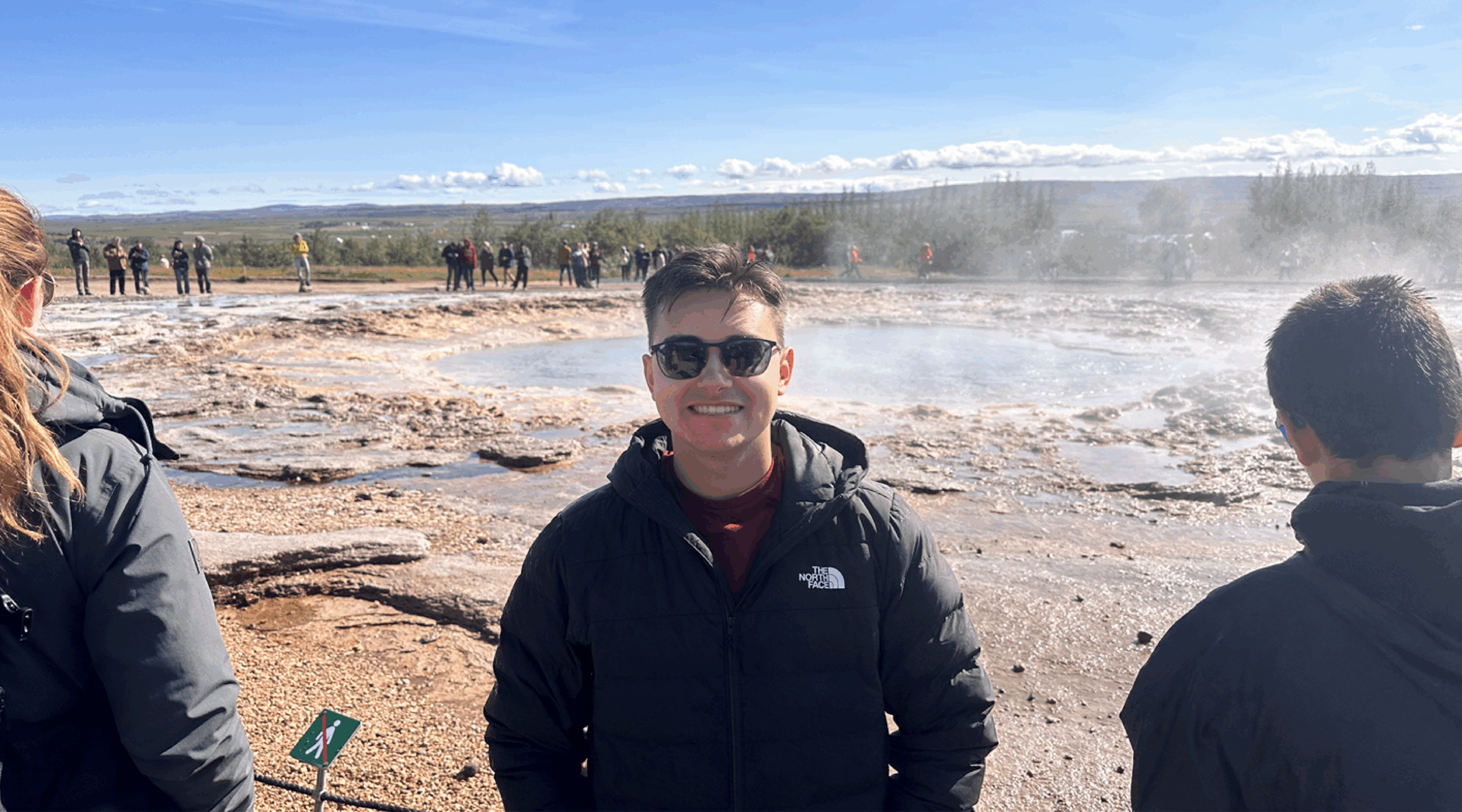Think back 29 years, to 1991 – remember how different life was then? For some, this might be too far back to remember; others might recall images of the Gulf War, the AIDS crisis, grunge bands, the Simpsons had only been on for a few years, gasoline prices per gallon were $1.14, and the World Wide Web became publicly available. The year 1991 was also the last time the New Hampshire Department of Environmental Services (NHDES) completely revised the Wetland Rules – until now.
New Hampshire’s Need for Updated Rules
The New Hampshire Revised Statutes Annotated (RSAs) are the laws of the State of New Hampshire that are adopted or amended by the NH Legislature each year. RSA 482-A: Fill and Dredge in Wetlands was adopted in 1989 that defined wetlands and gave the State the authority to protect these essential resources.
Over the past 29 years, NHDES has amended the rules and issued permit forms and publications, such as Best Management Practices (BMPs), that have helped clarify the requirements for addressing the Wetland Rules during project development. However, it had become apparent that a complete revision of the Wetland Rules was necessary to streamline the permitting process, clarify rule application and procedures, and document some informal processes that had resulted in rule implementation over time.
Public Comment and Listening Sessions
Streamlining the permitting process was a significant task to undertake. NHDES began in 2018 by issuing a draft of the new rules for public comment and hosting a series of public comment and listening sessions. Based on the amount and type of feedback received, NHDES established a Wetland Rules Workgroup consisting of a mix of professionals in the field of wetland science, state and federal agency staff, and private consultants who have experience with permitting wetland projects; this group met bi-weekly over summer and fall 2018. I was fortunate to be an invited member of this group, and we had lively and lengthy discussions as we reviewed and revised the proposed rules, chapter by chapter, line by line, to produce new rules that were clear, effective, and would streamline the permitting process, where appropriate, while still protecting the State’s wetland resources. On December 15, 2019, the revised wetland rules became effective.
Along with the new rules, NHDES issued several revised publications, BMPs and wetland permit application forms that can assist applicants in completing the permit application process, from the very beginnings of resource identification, preliminary design and impact analysis, pre-application dialogue with NHDES, through to successful receipt of the permit and conditions. NHDES staff hosted a series of training sessions across the state that reviewed specific chapters of the new rules and gave input regarding noteworthy changes between the old and new rules, new items that may need to be addressed in an application, and answered questions about the new rules and forms.
New Changes
Projects that involve repairs to certain sized bridges (routine roadway, replacement, repair, or extension of culverts) will be permitted faster and easier than under the prior rules using the new Permit by Notification (PBN) and Statutory PBN categories. The new rules have provided:
- A new definition for when a stream crossing project may be “self-mitigating,” which helps determine when those kinds of projects may or may not need mitigation.
- A reduction in the distance to an abutting property line for which impacts can occur without the abutting landowner’s permission from 20 feet to 10 feet; acquiring these permission letters can sometimes be a time-consuming step in the permitting process.
- A comprehensive Wetlands Permit Planning Tool (WPPT) that allows for convenient review of multiple project parameters in one online location, including stream crossing and watershed data, National Wetland Inventory and FEMA flood maps, and Shoreland Protection areas; this tool will allow for a better understanding of the potential project impacts and permitting needs during preliminary design to eliminate costly or time-consuming “surprises.”
Through it All
The Hoyle, Tanner environmental coordination team, which consists of myself, Deb Coon, and Joanne Theriault, are well-versed in the new (and old) rules and will work with our clients to determine the best path through NHDES permitting for every project.










